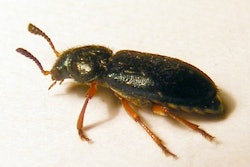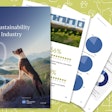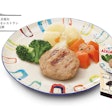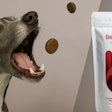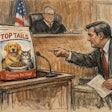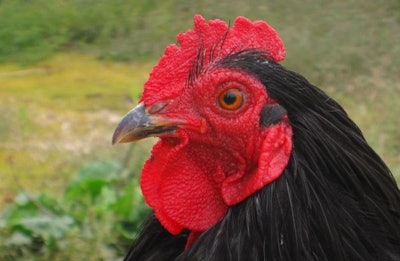
Comparative nutrition research may help pet food formulators understand the effects of ingredients or whole diets on the health of dogs, cats and other animals. In a video from Petfood Forum, Maria Godoy, University of Illinois – Urbana-Champaign animal sciences assistant professor, discussed how she uses data from studies on other animals, including Homo sapiens, to inform her own work on dogs and cats.
“Even humans can become a model for dogs and cats,” she said. “Comparative nutrition means when you have a species of emphasis, so in my case dogs and cats, you may use other animal models to take a further look about the benefit of nutrition for the health of these animals. For example, I use the rooster model as well as the swine model, because we have more tools to, for example, learn about amino acid digestibility and other things that are not so easily done in dogs and cats.”
Animal nutrition scientists use roosters as models for pets in a technique known as the precision-fed cecectomized rooster assay. A surgical procedure, similar to a human appendectomy, turns roosters into an effective, efficient model for dogs’ and cats’ digestive systems. Researchers can then feed the roosters a pet food or ingredient and observe how the amino acids in that food are likely to be digested in dogs or cats.
“We can also use rodents and nowadays you can even leverage data from humans because we're so alike,” she said.
Petfood Forum events worldwide
Learn more about animal nutrition at Petfood Forum. Petfood Forum conferences and exhibitions serve the global pet food manufacturing industry. The current portfolio of shows include Petfood Forum, Petfood Essentials, Petfood Forum Asia, Petfood Forum China and Petfood Forum Europe. Petfood Forum events deliver opportunities to learn the latest research and innovative information on pet nutrition, global pet food market growth, pet food safety, processing, packaging and much more - all from leading, recognized pet food industry experts.






